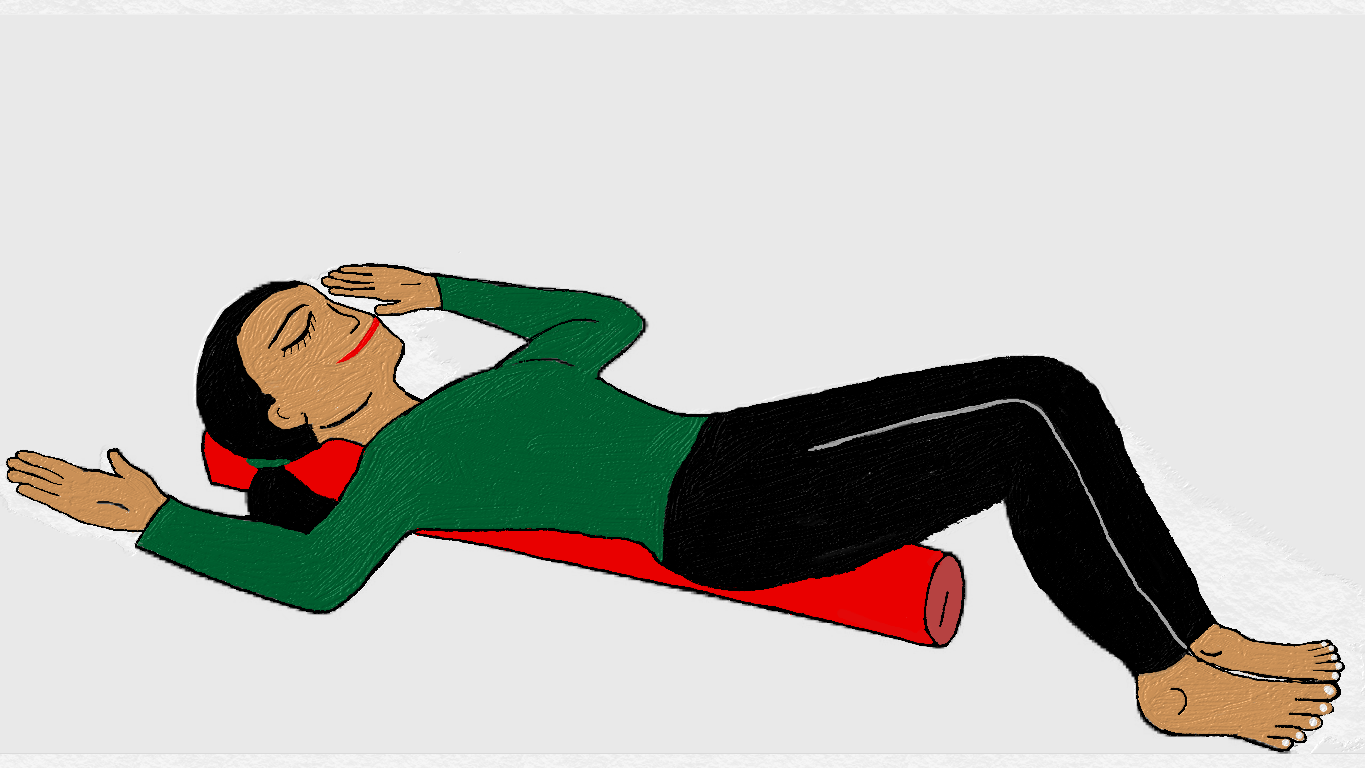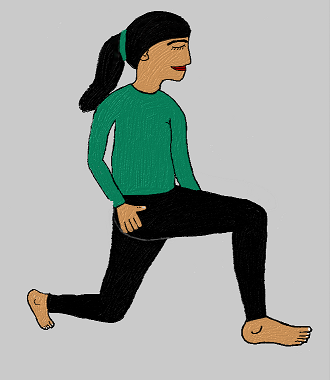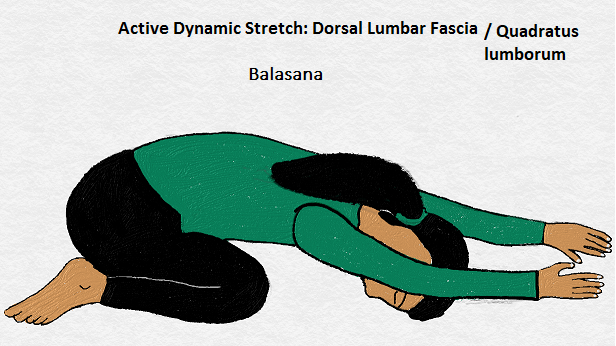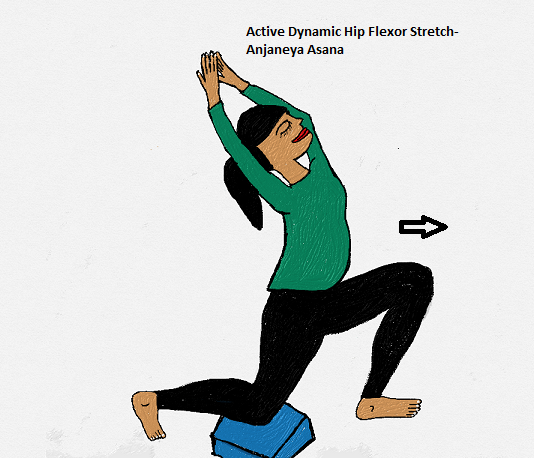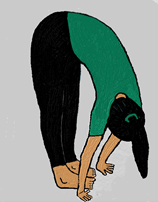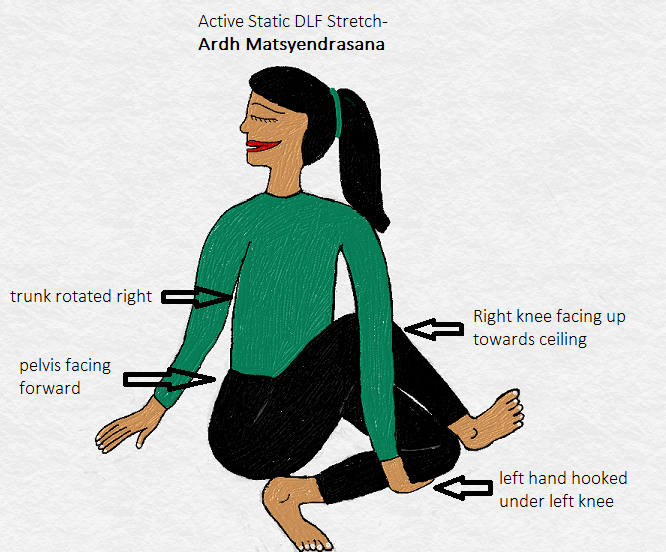|
Reality in its grossest aspect is portrayed as life as we see it. We struggle when the gross and subtlest aspect of this reality in our perception do not match. Life presents itself in layers. That is nature. The basis to success is to realize the layers, know them, and practice from the inside-out. Reality is blissful when the inside pierces the layers as is and matches with the outside- that is actions sprouting from pure consciousness. Which brings us to the core. Is that not why the core is so emphasized in PT? The truth is presented to us in all walks of life. It must be perceived in simple sincerity and ultimate depth, to live a life truly liberating. By liberation, I mean the ability to choose at every step of the way- it is exhilarating. Initially it does seem like there is a box, and there is constant striving to “think out of the box.” Then suddenly there is grace, and “poof” the box vanishes! –The truth is it never existed- it is all in the perspective.
For any movement to have a stable basis, it is necessary to have stability. Static stability is the ability to hold a posture with the apical skeleton (i.e. extremities or arms and legs) in a steady or stationary position. However with daily activities, we seek dynamic stability, which is a whole new world in itself. Here constant adjustment in muscular contraction is demanded to maintain a stable form, specifically in the spine. There is a popular notion in physical therapy, fitness training, and athletics/ sport training about spinal/lumbar stabilization (stable lumbo-pelvic region) with a mobile hip. This hand-in-hand notion of mobility only in the hip and to keep the spine neutral at all times has made “the squat” very popular-. This is no doubt, the first step. Though this is imperative to learn and the first step, so that mobility between the two (lumbar spine and hip) maybe discriminated between and mastered, spinal mobility should not be taboo in my perspective. We would not have been given the mobility, if we were to keep the spine neutral at all times! In fact, it is not possible for us to not use or employ spinal mobility and yet be graceful in our movements! How soothing is the movement in ballet or gymnastics? It takes training the spinal mobility, does it not? To think that it must always result in injury is to fear movement. It takes an additional level of skill however to strengthen the trunk musculature sufficiently with spinal mobility. Yogis have done this for years and their spines were never at dis-ease or in pain and they flex forwards, backwards and sideways and twist and turn without any problem. So once the first step is mastered (lumbar stability with hip mobility), and don’t mind me saying this again since it is to be emphasized, it is the layer deeper than spinal mobility, and until this is mastered and understood well, one must not attempt the next level (reminiscent of developmental patterns?). This is simply for the health of the spine. Thus such a progression is a skill.
0 Comments
Your comment will be posted after it is approved.
Leave a Reply. |
Details
AuthorAmi Gandhi is a licensed physical therapist in the state of California. She is the owner of StableMovement Physical Therapy, a small boutique practice in San Jose that offers patient centered, one-on-one, hands-on physical therapy. Archives
March 2018
Categories |
